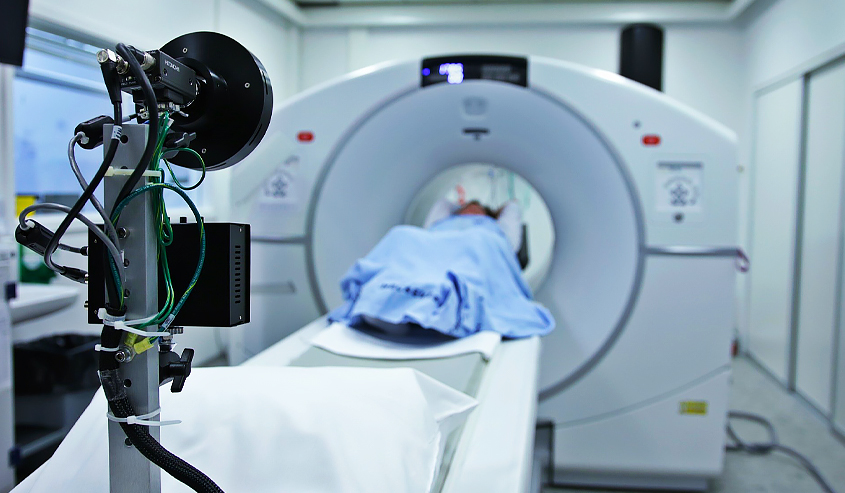
Never underestimate the seriousness of an injury to the head, no matter how minor it may seem. For instance, if you’ve recently been involved in a car accident and your head struck a side window, the steering wheel or the windshield, your doctor will most likely recommend undergoing a CT scan. If you’ve never undergone a CT scan, it might seem scary but here’s what to expect.
Preparing for a CT Scan
While you may get instructions on how to prepare for a CT scan at Vital Imaging, there isn’t much to be concerned about. However, be sure to remove hairpins, jewelry, or any other metal object as this will interfere with the imaging process. Your CT scan will last roughly 10 minutes in most cases, so even if you’re prone to claustrophobia, this shouldn’t be an issue to worry about. Most importantly, remain as still as you can. Just like with other diagnostic imaging procedures, any movement will cause blurry images.
CT scans of the head are typically performed without contrast. In certain situations, during an evaluation for headaches or following a head trauma, a non-contrasting exam is oftentimes sufficient. In some cases, IV contrast injections may be required. This can be extremely helpful during the assessment and enhancement of blood vessels or brain tissue. If an injection is required, you may feel a warming sensation. Diagnostic images of the head are taken in a similar fashion to non-contrasting images.
What happens after a CT Scan?
Once your scan is completed, the results will be examined by the radiologist who has been assigned to you. At that point, the results will be interpreted and reported to your referring physician. By evaluating the images and information the radiologist has given your doctor, he or she can integrate this with any clinical symptoms you’ve been having and draw their conclusion in order to make a specific diagnosis.
That’s basically all there is to it. As we mentioned above, a CT scan at Vital Imaging is a simple, quick non-invasive procedure that is imperative, when it comes to examining the brain and its surrounding tissues. In most cases, it has helped many individuals who’ve suffered some form of head trauma to get back to their normal lives and not suffer any anxiety or headaches. Most of the doctors prescribe treatment only after the diagnostic reports are submitted to ensure that there is no chance of neglect or misdiagnosis.
(NOTE: Be aware that a CT scan of the head or any other area of the body contains a small dose of radiation. If you are pregnant or breastfeeding please consult with your doctor, as the use of radiation is not recommended.)
